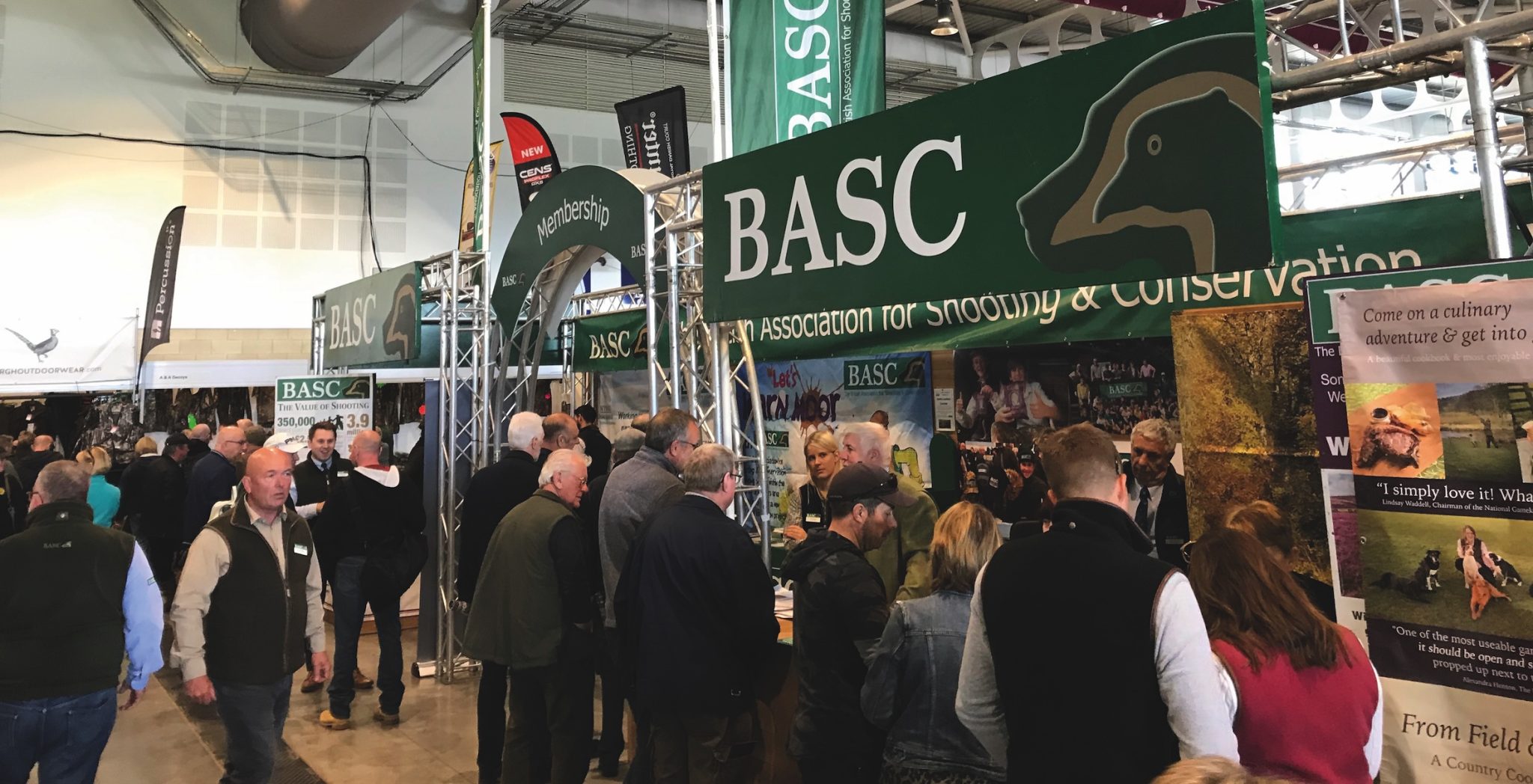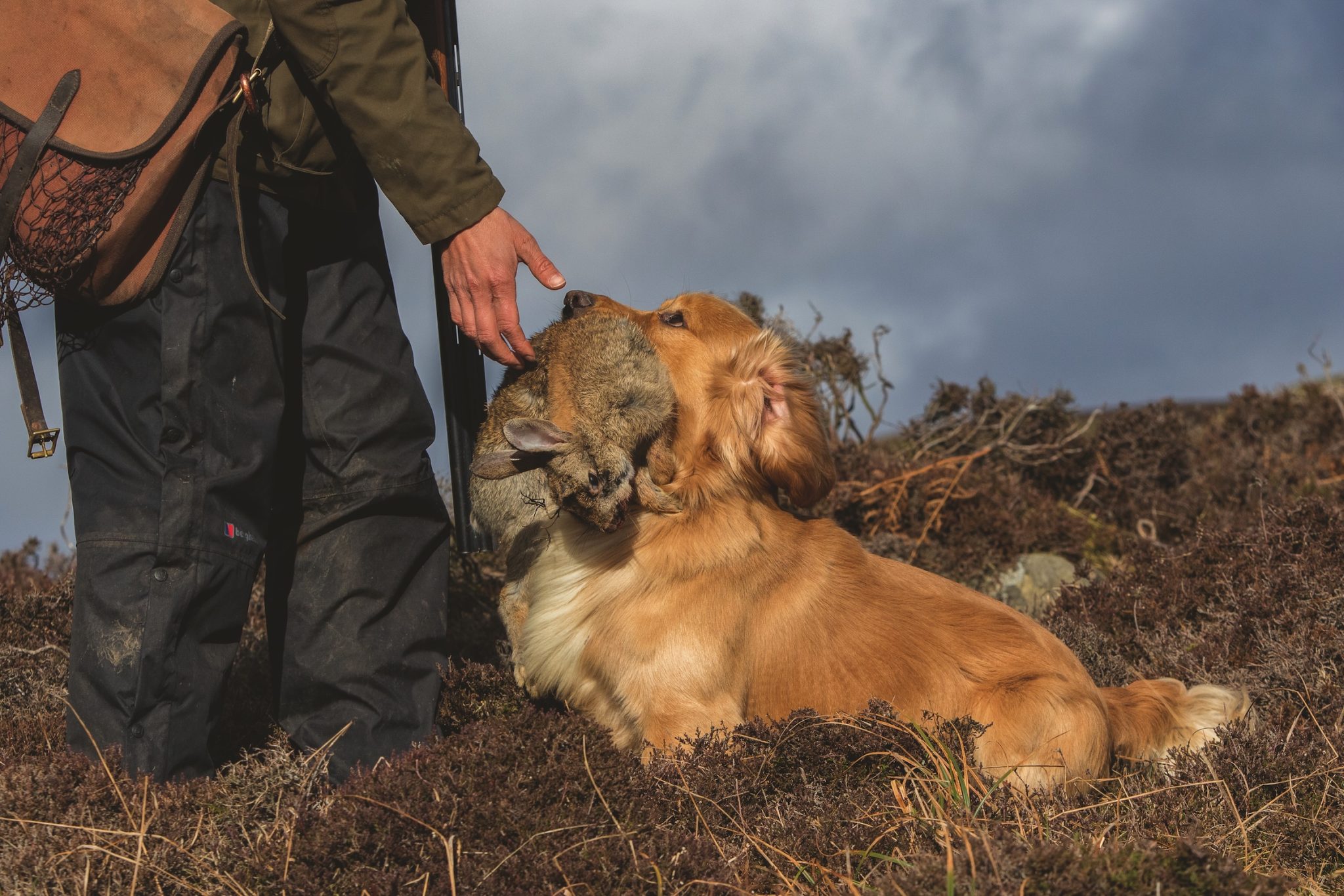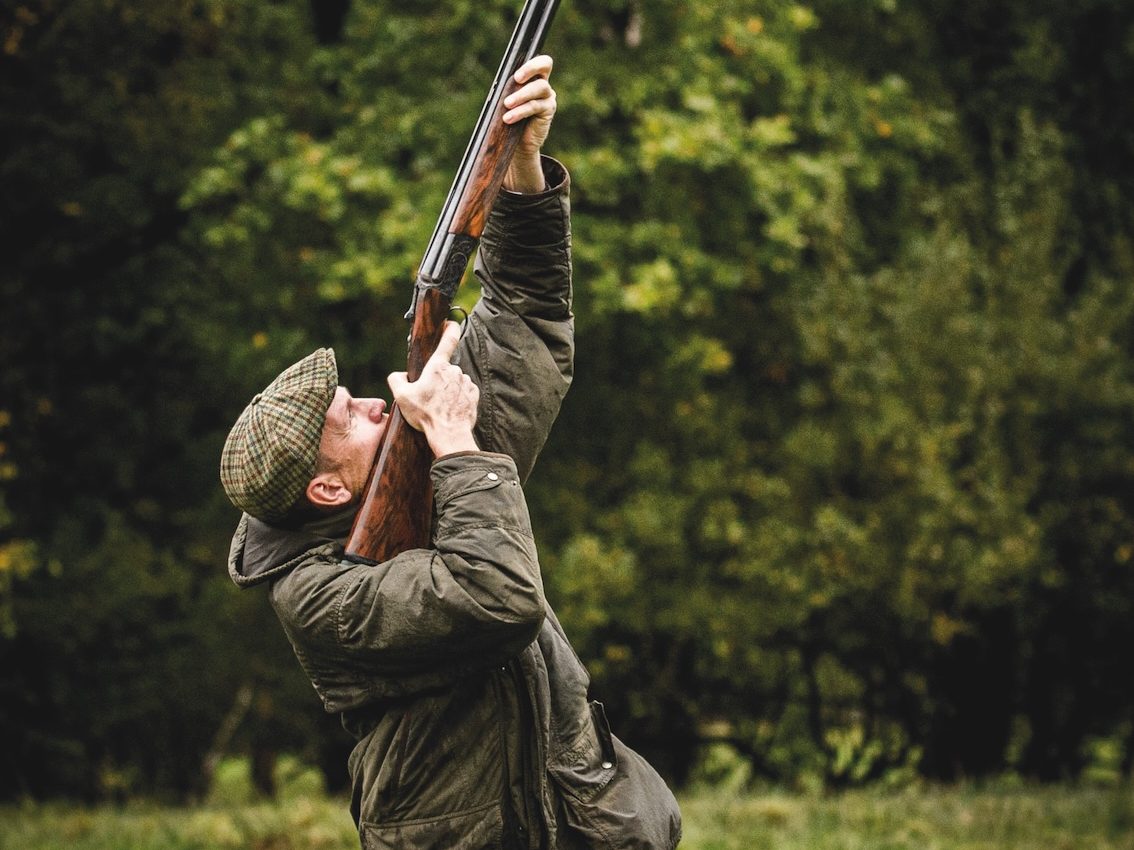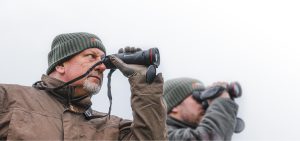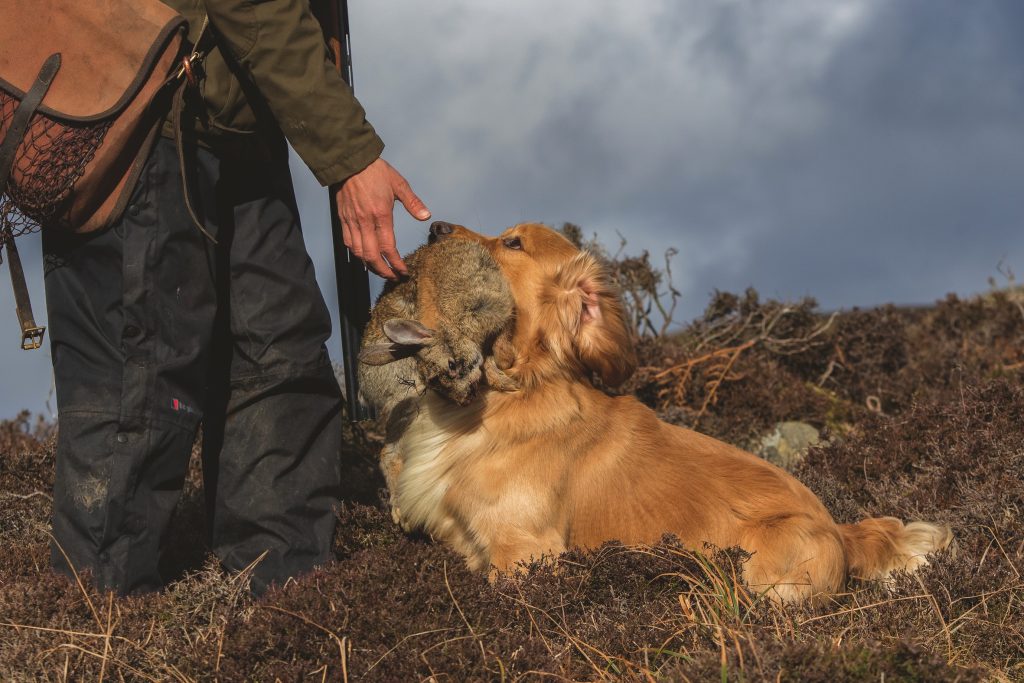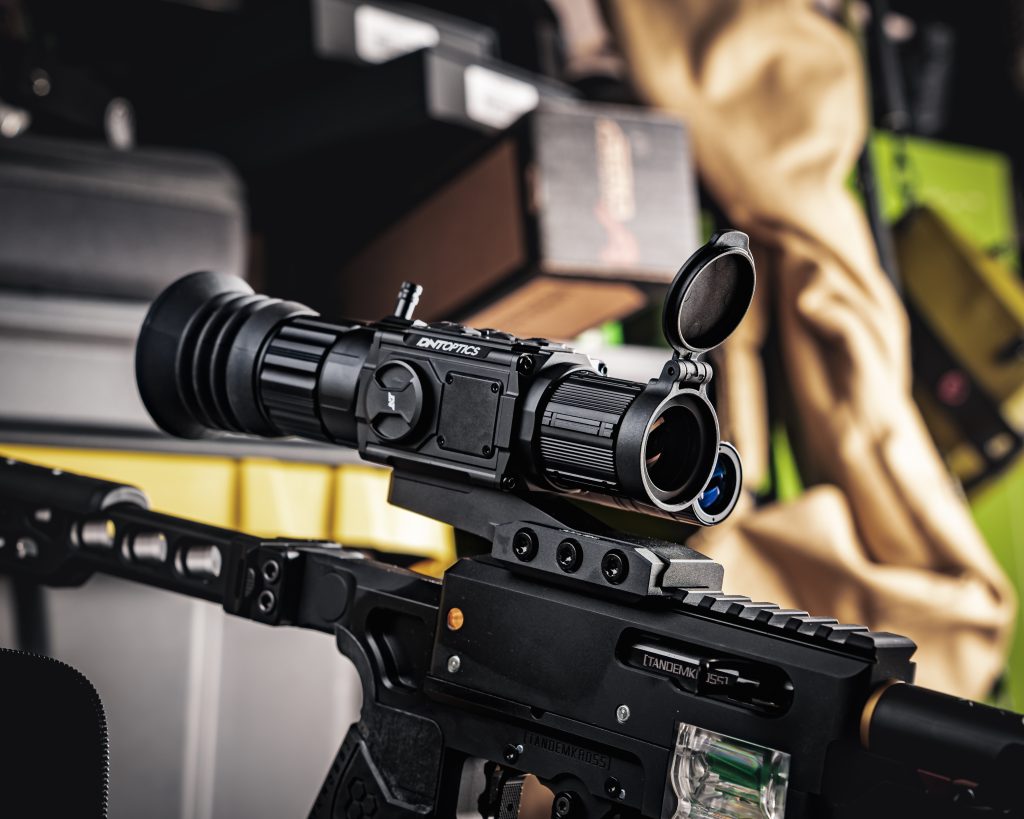Win CENS ProFlex DX5 earplugs worth £1,149 – enter here
HIKMICRO Falcon 2.0 & Condor 2.0 Review | Best Thermal Scope & Monocular for Hunting?
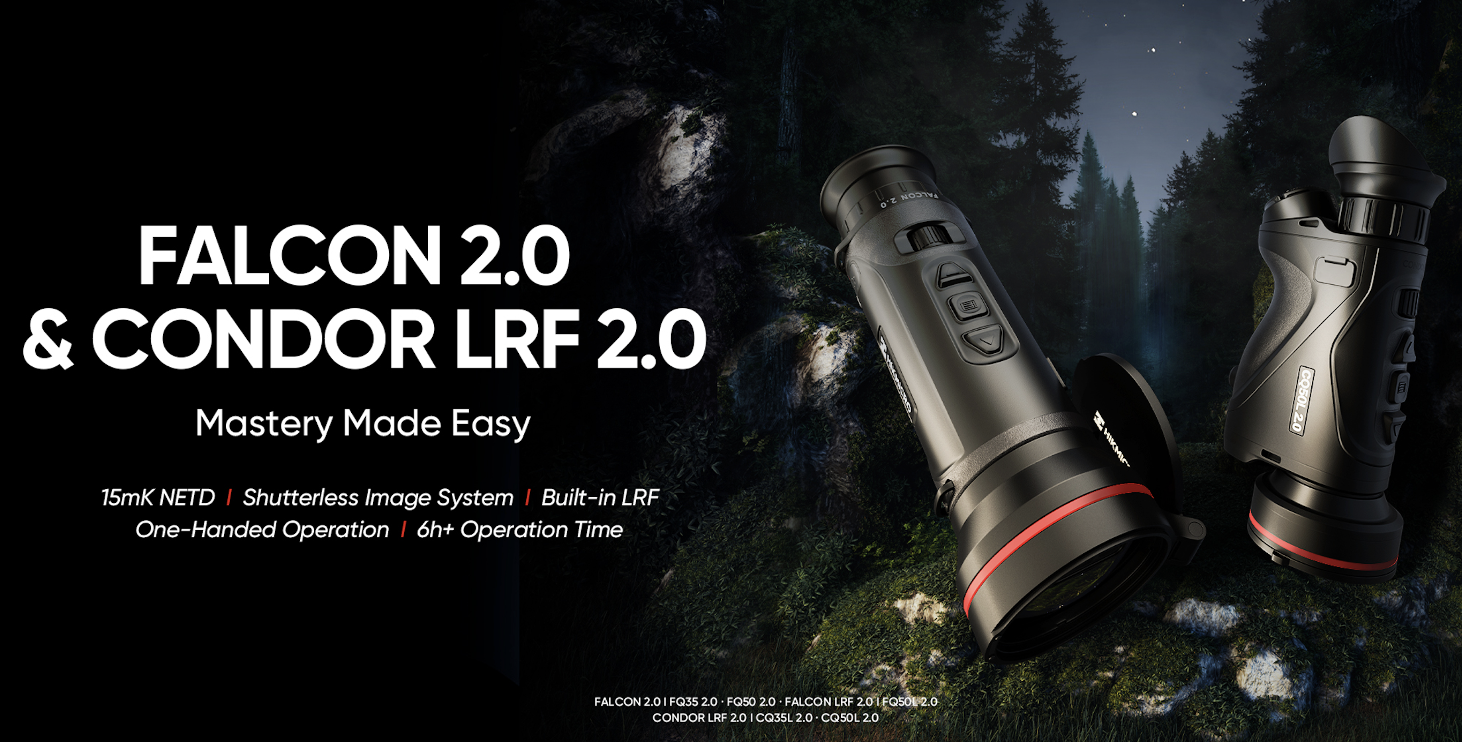
Two new products to hit the market, recently arrived at Mark Ripley’s door to test from HikMicro. The first of these is the traditionally shaped Falcon FQ50L 2.0, and the other, the neat and compact Condor CQ35L 2.0. Both of these units are created with the deer stalker or fox shooter in mind, with one handed operation at the forefront of their designs.
As to be expected from HikMicro, both units came smartly packaged and both supplied with a really nice tactical style case. A quick peek at the units revealed, again as one might expect from this well established market leader, two well built, and well designed thermal spotters.
HikMicro are at the cutting edge in thermal technology, and Mark was pleased to see they had included all the latest features in these two products, including Hik’s latest shutterless technology which eliminates the need for the units to continually freeze their images with a click while the sensor recalibrates, an in built 1000m laser range finder as standard and the ability to replay recorded footage from the internal memory, within the unit so you can instantly review footage in the field.
Other more common features include Picture in Picture mode, a large OLED display and a variety of viewing options including colour palettes in black, white, red, fusion, red monochrome and green monochrome.
Mark was also impressed to see HikMicro had increased battery life in both spotters by incorporating a larger battery to the more common 18650 batteries of previous models, to the slightly more chunky 21700 batteries giving the Falcon a 6hr runtime and for the Condor, 6.5hrs.
Image quality through both these units was extremely sharp and detailed, making it easy to identify animals out to considerable distance thanks to the 640×512 sub 15 NETD sensor and exceptional lens quality.
Basically these units are very similar, using the same sensor and technology, as well as Hik’s intuitive menu system, with the main differences being the overall ergonomic design, the field of view and magnification range, and also the detection range, being 1800m on the Condor and 2600m on the Falcon.
Each unit has its own advantages depending on your type of shooting and the type of terrain over which you shoot. The Condor has a 1.9x base magnification and a 35mm lens which allows for a wider field of view, making it great for quickly scanning ground but with a shorter detection range.
The Condor, in Mark’s opinion, has the best ergonomics and fits the hand perfectly with all the buttons perfectly placed for one hand operation either left or right handed, with a neat focus wheel behind the buttons to precisely fine tune the image.
This unit is the smaller, more compact of the two, and the one Mark was instantly drawn to the moment he picked it up. For the deerstalker, he would think this would be a good choice and ideal for woodland stalking with its compact pocket sized design.
Actually using these two spotters in the field, he found that the Falcon made a very good foxing spotter with its higher magnification (2.7-21.6x). It proved excellent on more open hillsides to identify smaller game at longer distances, yet still a wide enough field of view to be used in more confined areas, such as dense woodland stalking.
Although slightly more bulky and a little heavier than the Condor at 583 grams, the image quality far outweighed these trade offs. However, Mark felt if Hik had formed a thumb cut out on the underside as they have with the Condor, it would have helped in orientating the unit quickly when bringing it to the eye.
Mark likes the fact that on both these units they have been designed to operate with a very intuitive and easy to navigate menu with the use of only 3 buttons and a wheel, with the power button kept well clear of these so you don’t inadvertently power the unit off in the field when trying to use the other features.
Both spotters have clearly had a lot of thought put into their designs to make them as practical to use as possible, leaving out unnecessary features no one uses, and ergonomics designed so each can be used one handed.
Range finders on both products worked faultlessly and proved accurate when compared to my Leica Geovid LRF binos, with the LRF in the Condor housed below the lens, and cleverly housed within the 50mm lens of the Falcon.
Mark took both these units out foxing on a local smallholding for a direct comparison and despite seeing 3 different foxes, he only managed to shoot one due to the awkward nature of the ground and the lack of safe backstops, but this did mean however, he was able to get some great footage of foxes at various distances.
Whichever of these you might choose, either could be put to use in any scenario and for any purpose, but to sum up, the Condor is a compact, lightweight and ergonomically friendly spotter with a wide field of view although slightly more limited at distance, while the Falcon is a little less compact and a little heavier, yet with extremely good image quality at further distances but with a narrower field of view.
To see these two top end spotters in use, be sure to watch the review video here.
Related Articles
Get the latest news delivered direct to your door
Subscribe to Shooting Times & Country
Discover the ultimate companion for field sports enthusiasts with Shooting Times & Country Magazine, the UK’s leading weekly publication that has been at the forefront of shooting culture since 1882. Subscribers gain access to expert tips, comprehensive gear reviews, seasonal advice and a vibrant community of like-minded shooters.
Save on shop price when you subscribe with weekly issues featuring in-depth articles on gundog training, exclusive member offers and access to the digital back issue library. A Shooting Times & Country subscription is more than a magazine, don’t just read about the countryside; immerse yourself in its most authoritative and engaging publication.



